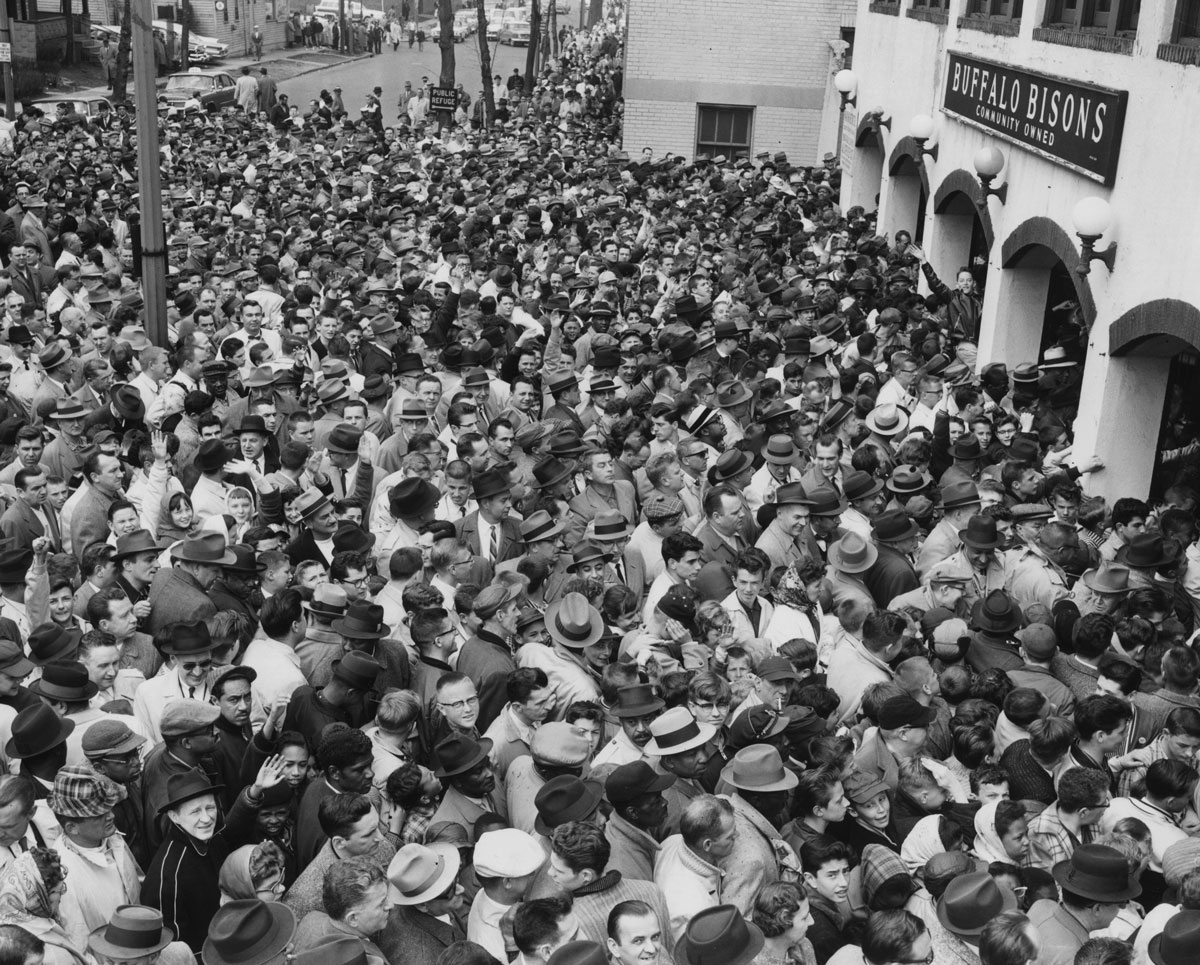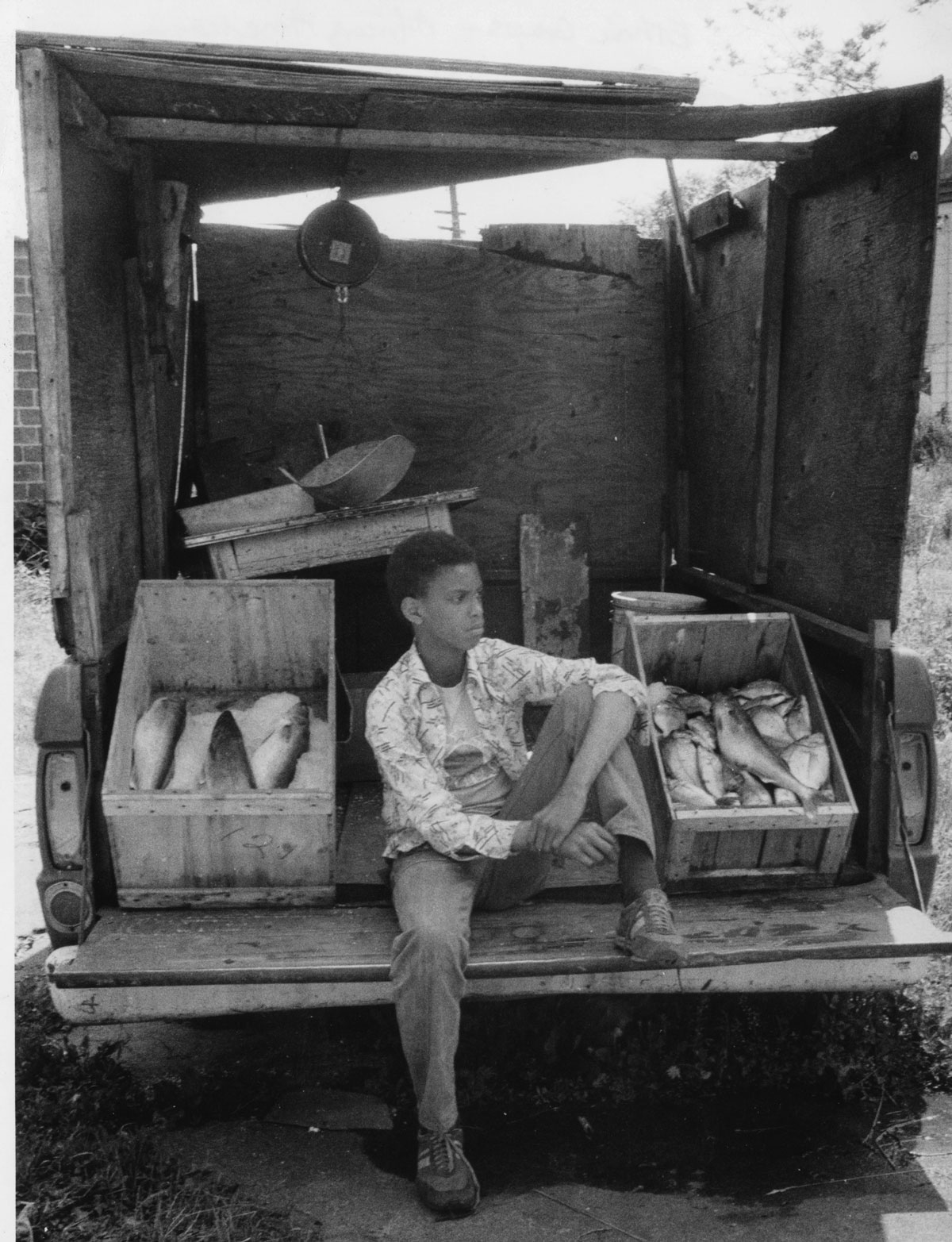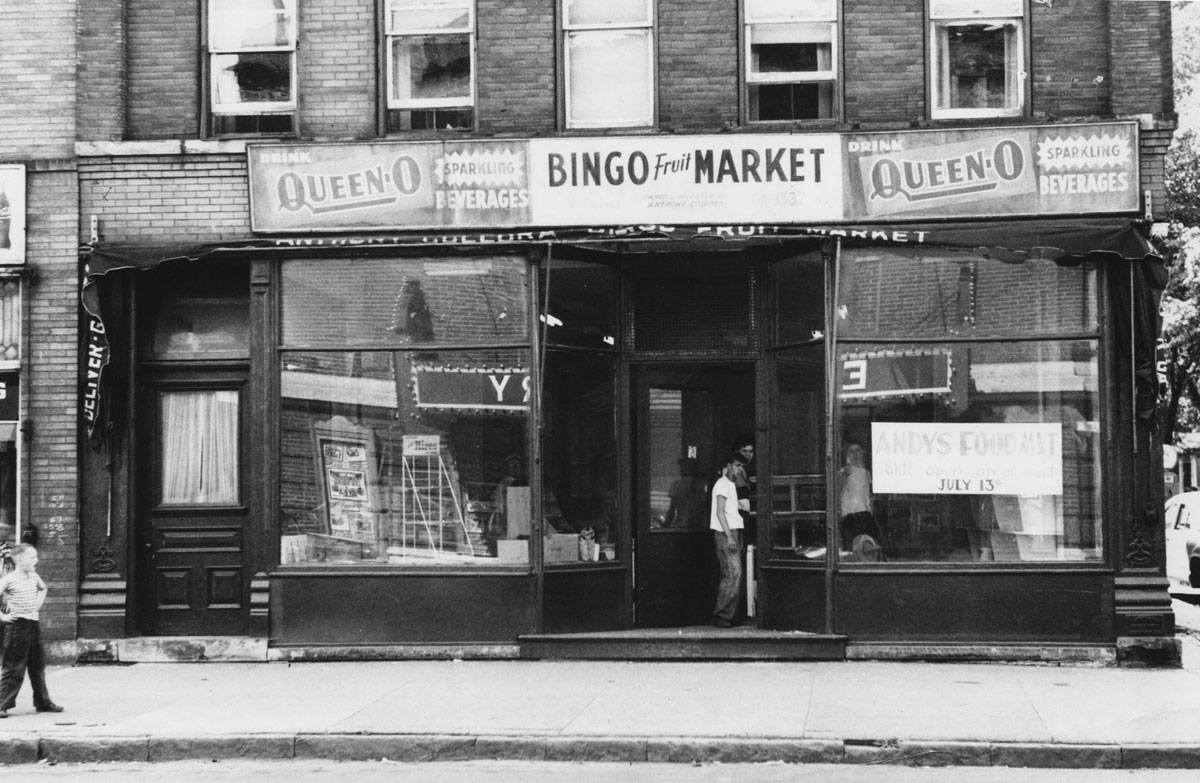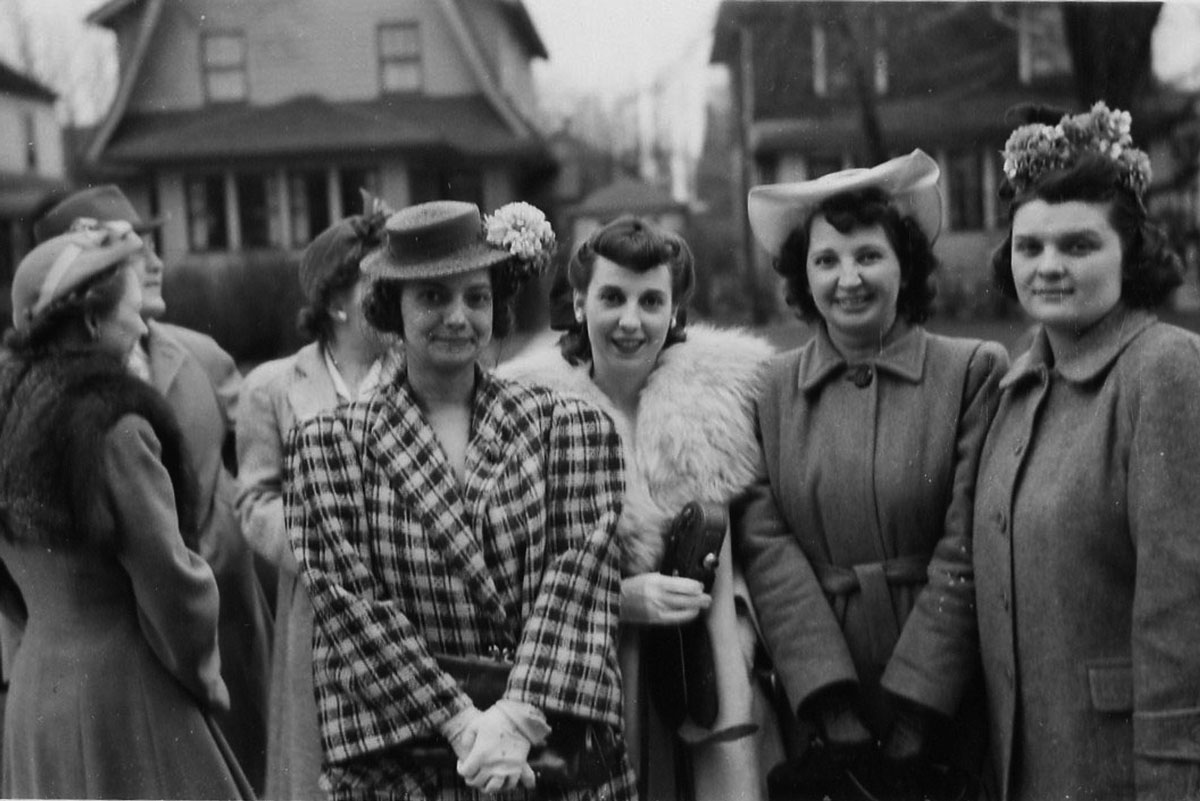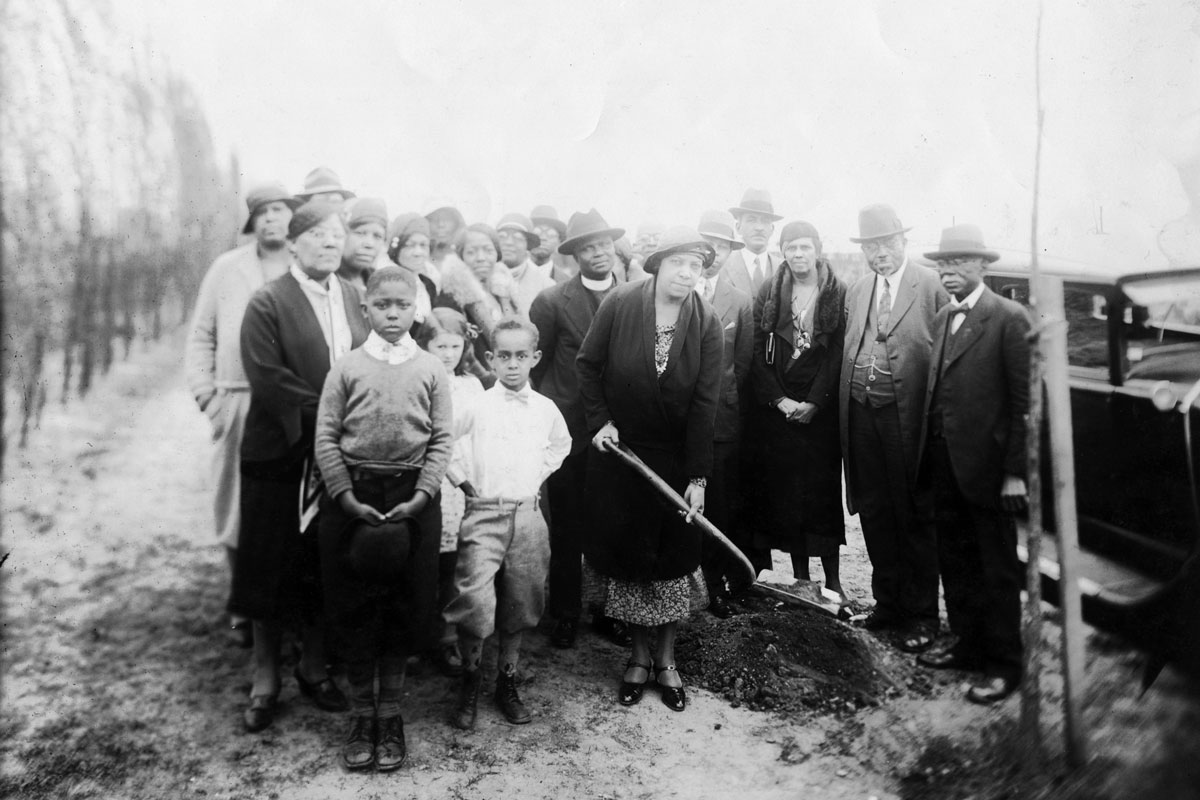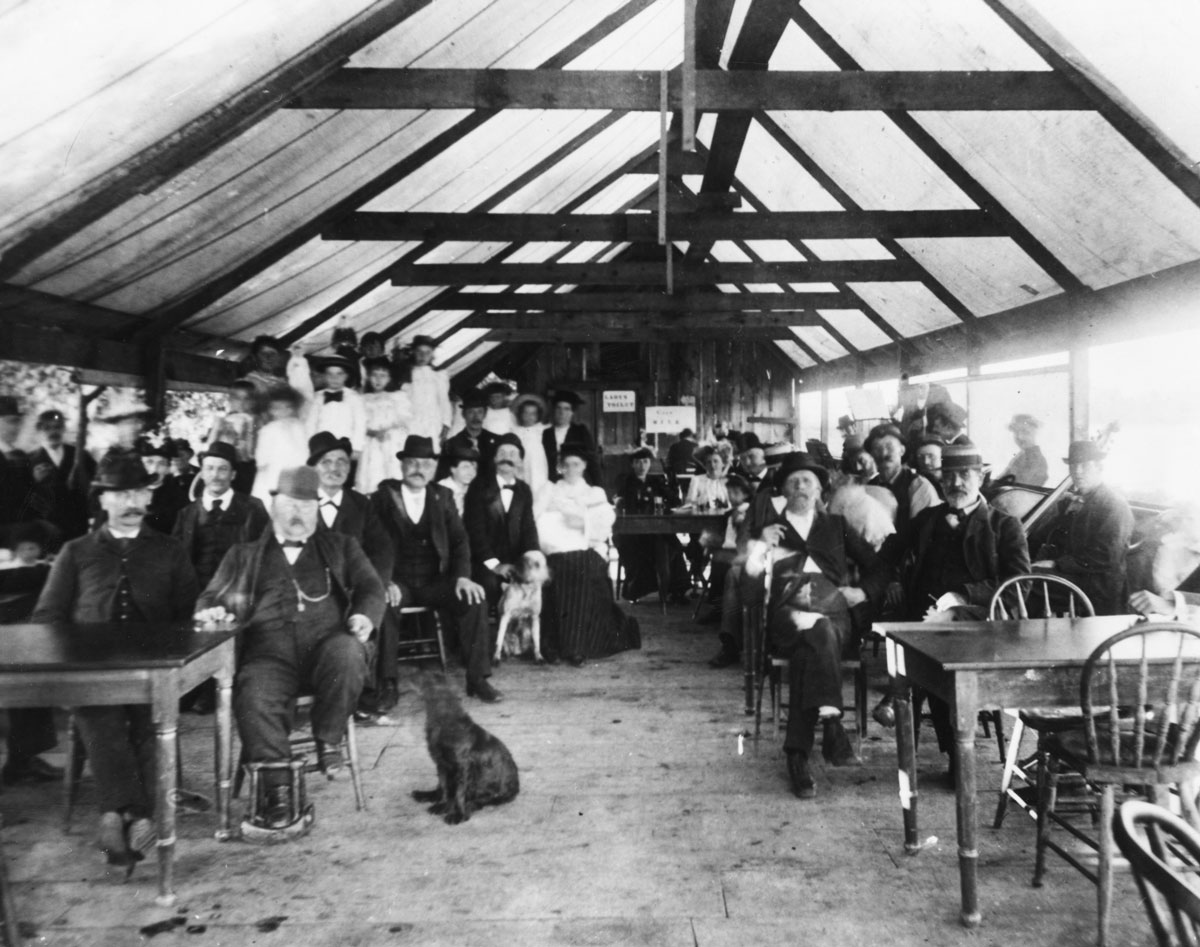Ferry Street Corridor Project: Heritage Wall
This weekend, Friends of the Buffalo Story will begin installation of the latest phase of the Ferry Street Corridor Project: a series of photographic murals on the walls of East Ferry Street buildings.
Some images are from early-20th-century photographer William Westphal’s studio at 260 Broadway. Others are from the archives of the Buffalo History Museum. Still more come from private collections, attics and suitcases. Many of them beg answers: Who are the subjects? Where and when exactly were they made? What occasions do they document? In short, they are all glimpses at narratives, which, bound together, contributes to the story of this city and its ploace in the world.
Those are the stories that the Ferry Street Corrider Project, funded in part by the National Endowment for the Arts, aims to reveal. The murals will be officially unveiled Wednesday, June 24. From a press release announcing their debut:
From the Niagara River to Bailey Avenue, the Ferry Street Story is the Buffalo Story. That story begins in the early 19th century with a river, a ferry and daring escapes to freedom. It continues with a spring, a pristine, bubbling Cold Spring whose name gave birth to a neighborhood. In the Ferry Street Story there is a ballpark known as Offermann Stadium. There’s a busy business district at Jefferson Avenue and a jazz scene the envy of cities everywhere. And there’s an expressway that cuts through the heart of a once magnificent parkway designed by Fredrick Law Olmsted.
It’s a story about people too…all kinds of people, all colors and creeds, doing all kinds of different things..who have lived on and along Ferry Street for over 200 years.
We care about this story. We want to tell it and we want you to listen to it. The Friends of the Buffalo Story believe that we need to know the Ferry Street Corridor Story because it, like all of our Buffalo stories, is a critical building block for the future.
Below are some samples of the source material used for the project:
